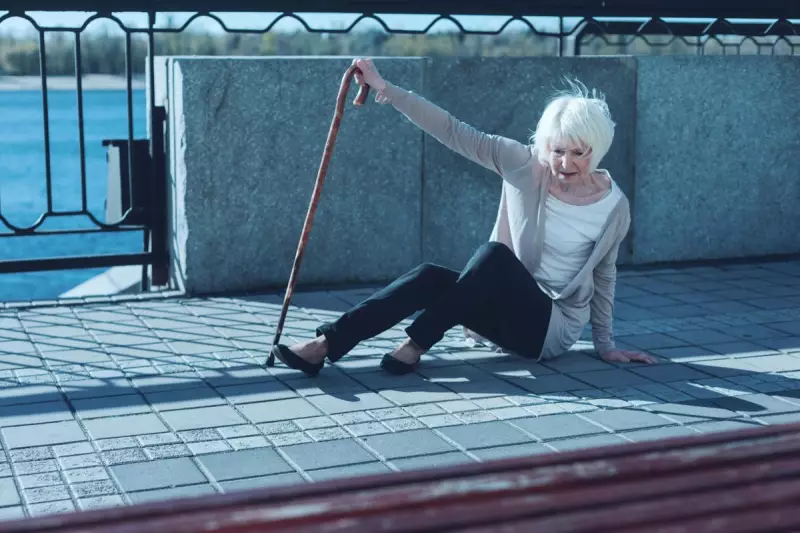
Falls among older adults are a leading cause of injury, but a simple change could make a big difference: better lighting. Recent studies suggest that enhancing lighting in homes can drastically reduce the risk of falls, offering a practical and cost-effective solution to a widespread problem.
The Impact of Falls on the Elderly
Falls are a major concern for the ageing population, often leading to fractures, hospitalisations, and a loss of independence. With millions of older adults affected each year, finding preventative measures is crucial.
How Lighting Makes a Difference
Research highlights that inadequate lighting is a key contributor to falls. Poor visibility can make it difficult to spot obstacles, uneven surfaces, or changes in floor levels. By improving lighting, particularly in high-risk areas like staircases and hallways, the likelihood of accidents decreases significantly.
Key Areas to Focus On:
- Staircases: Install bright, evenly distributed lights to eliminate shadows.
- Hallways: Use motion-sensor lights for safe navigation at night.
- Bathrooms: Nightlights can prevent slips during late-night visits.
Practical Steps for Safer Homes
Experts recommend a combination of natural and artificial lighting to create a well-lit environment. Simple adjustments, such as using higher-wattage bulbs or adding lamps in dark corners, can have a profound impact.
Additionally, smart lighting systems that adjust automatically to the time of day or occupancy can provide both convenience and safety.
A Cost-Effective Solution
Unlike expensive home modifications, improving lighting is an affordable intervention that can be implemented immediately. For families and caregivers, this is an easy step toward safeguarding their loved ones.
With falls posing such a significant risk to elderly health, brighter homes could be the key to longer, safer, and more independent living.





